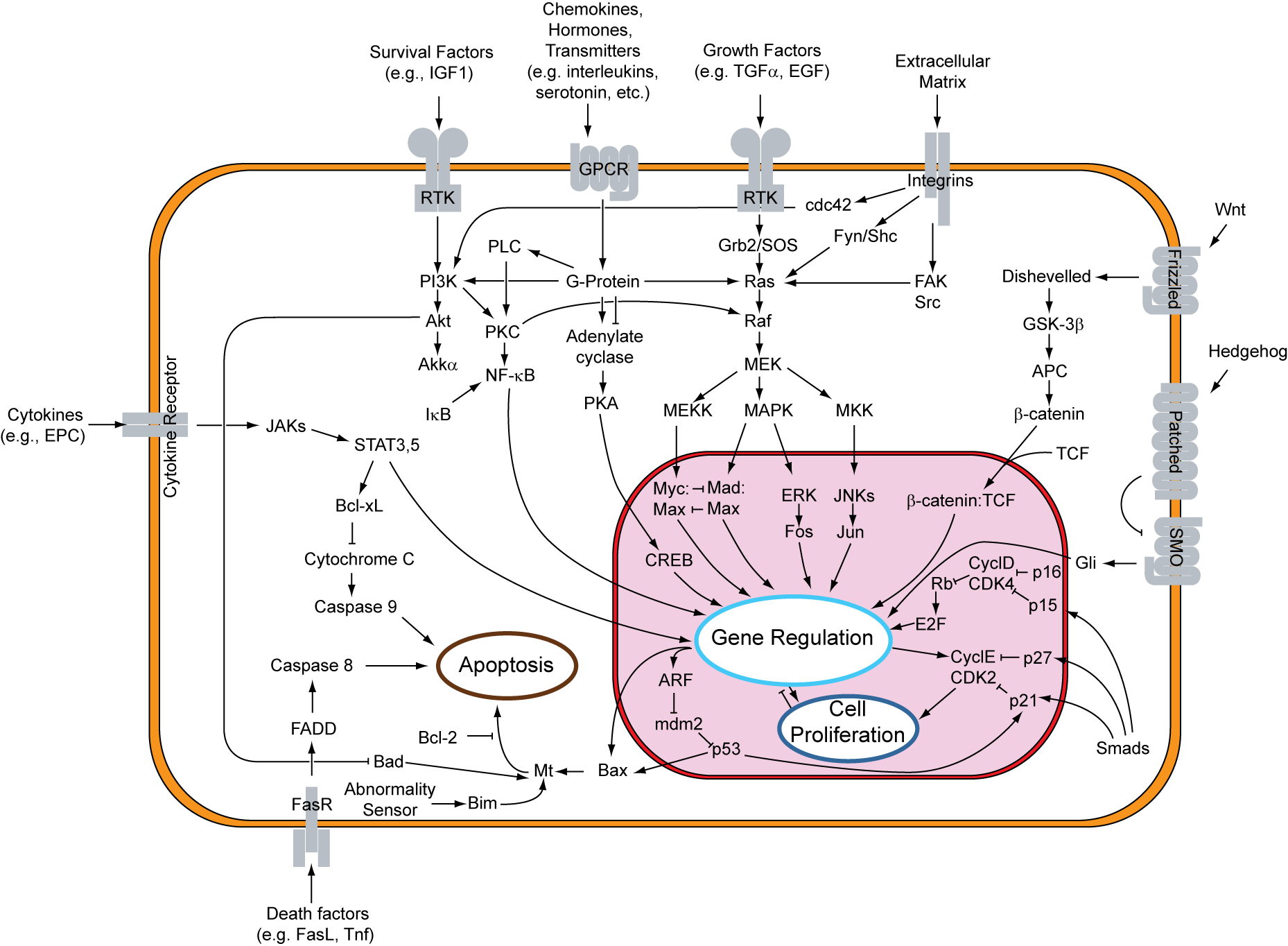Haha, yeah, the crazy one to me now is in situ proteomics. That's one of those techs that could be The Next Big Thing in medical research in the next decade or two, if they're able to overcome a few big challenges. Yeah, fragments == short amino acid chains == peptides, the things that you get when you add a protein-cutting-enzyme, like trypsin, that cuts up proteins at predictable locations. The data gives you information on how abundant different proteins are, and which modifications they have. Putting that in context, it can tell you that some mutation leads to the activation of X, Y, and Z pathways (i.e. this cancer mutation leads to activation of Ras and Akt pathways) because you see an increase in the abundance of protein modifications associated with that pathway. The power of this approach is that it allows you to simultaneously survey many sections of a large system. Thus you can get a more complete picture of which parts of the system are more important and which parts can probably be ignored. In practice, things aren't as straightforward as they are in theory, but this method gives a good starting point for more focused studies of a system. The relevance of this work, I think, is that many diseases are not caused by intrinsically toxic species, like an acid bath that dissolves anything it touches, by physical damage that, say, cuts a cell in half, or even by broke cogs that bring the whole machine to a halt. Rather they arise from how an organism chooses to respond to its environment. And it's in that choice, propagating by these underlying biochemical signaling networks, that one can begin to understand how a disease has the effect that it does.That's amazing sounding technology. It's incredible to me that proteomics as a term was only coined in 1997 and now it's a huge scientific field of endeavor. I guess that's true of a few things.
So, what's the importance of sequencing protein fragments? By fragments, do you mean... amino acids? What's the big picture of this kid of work?
